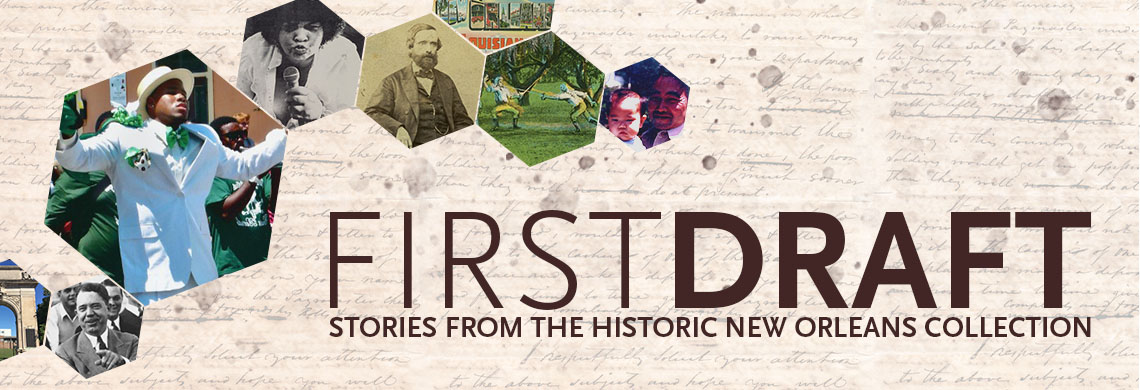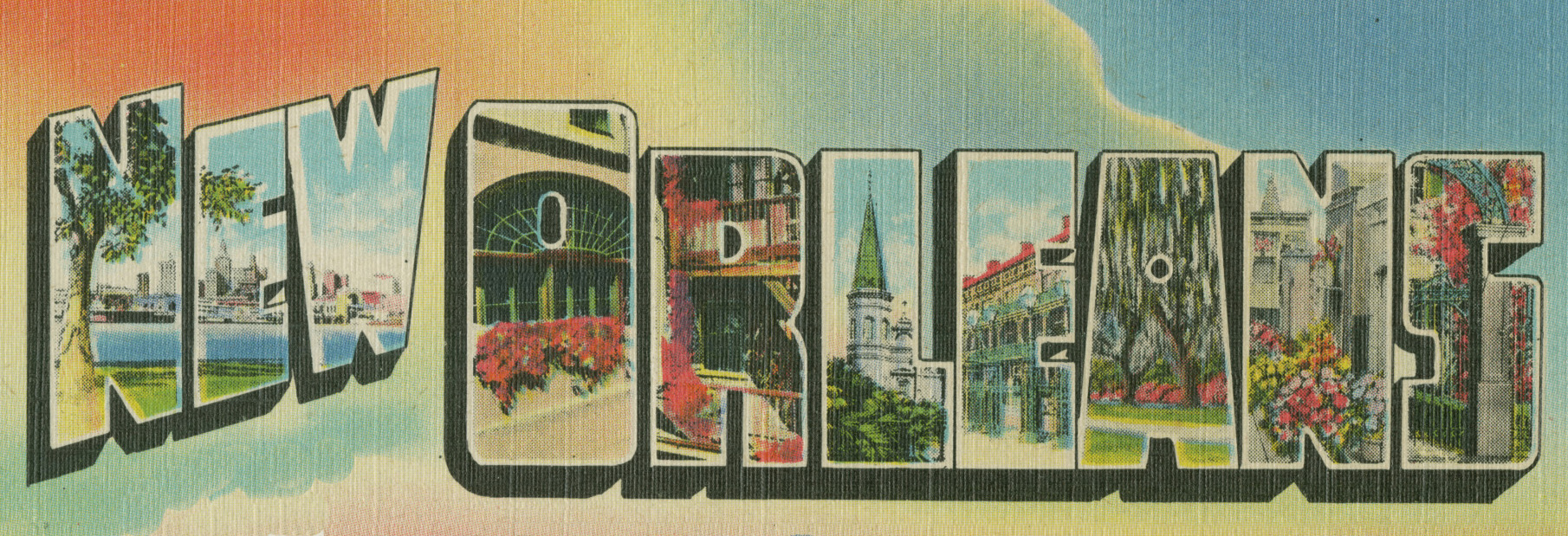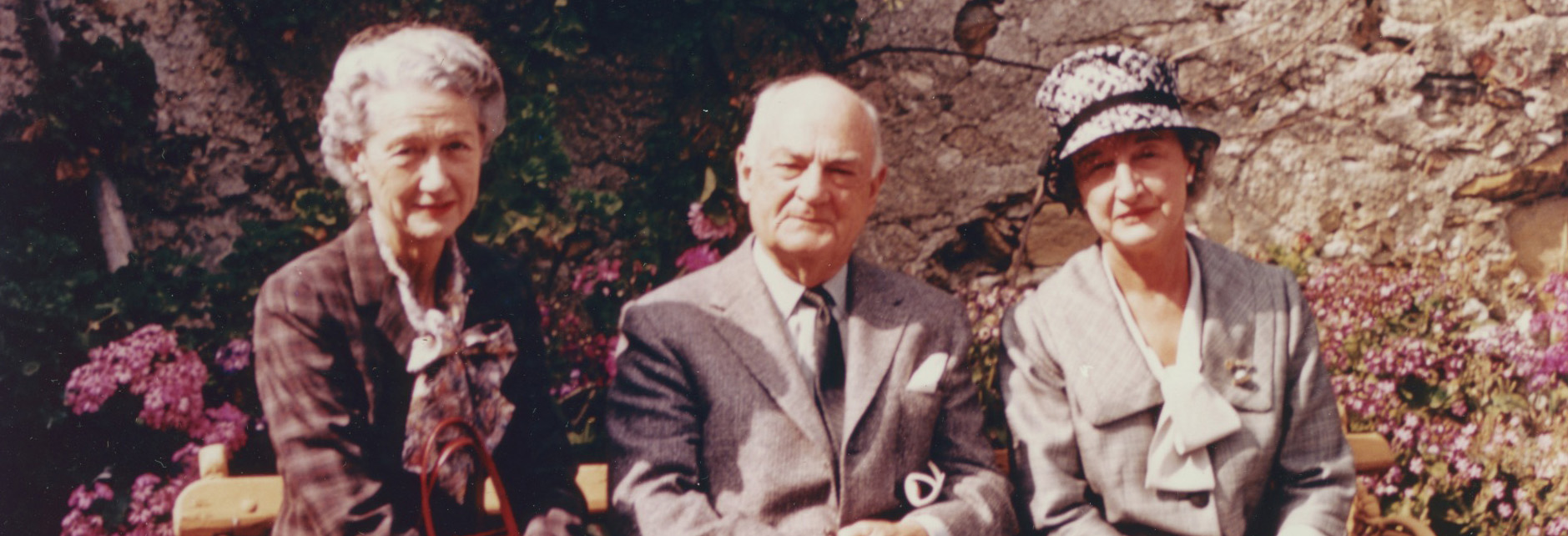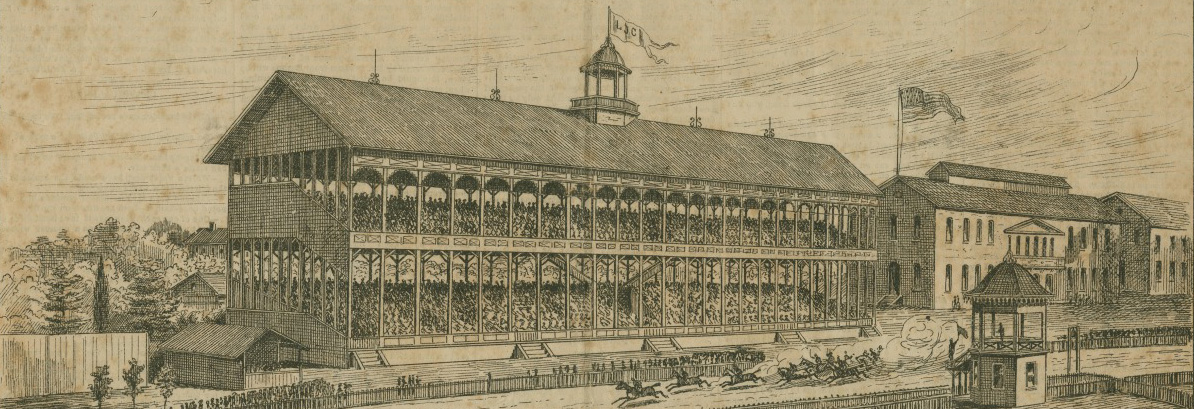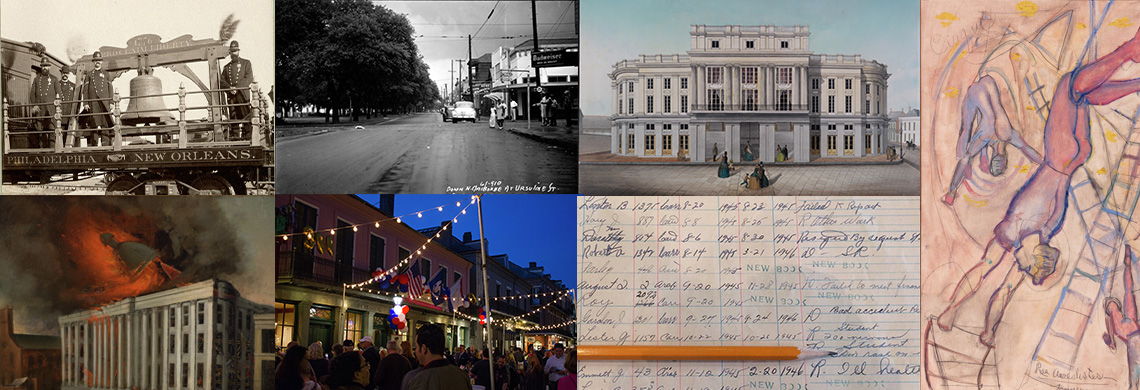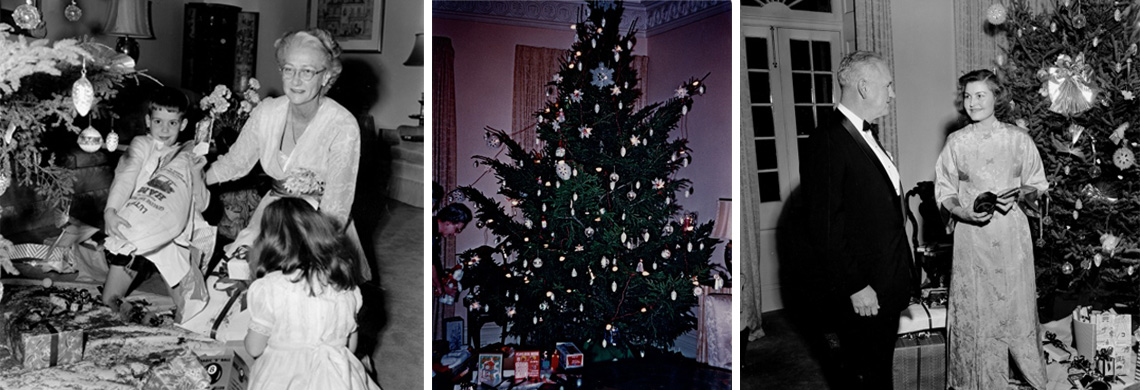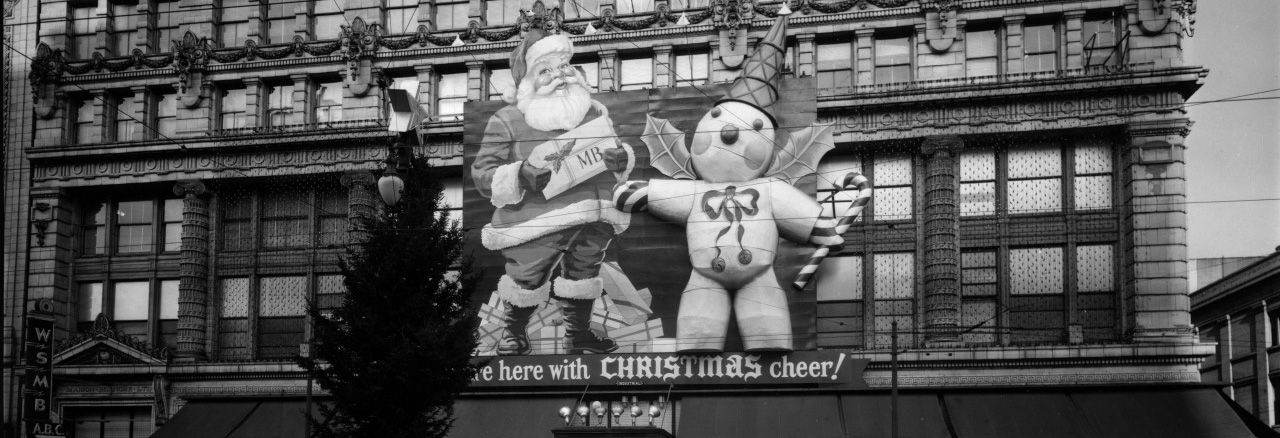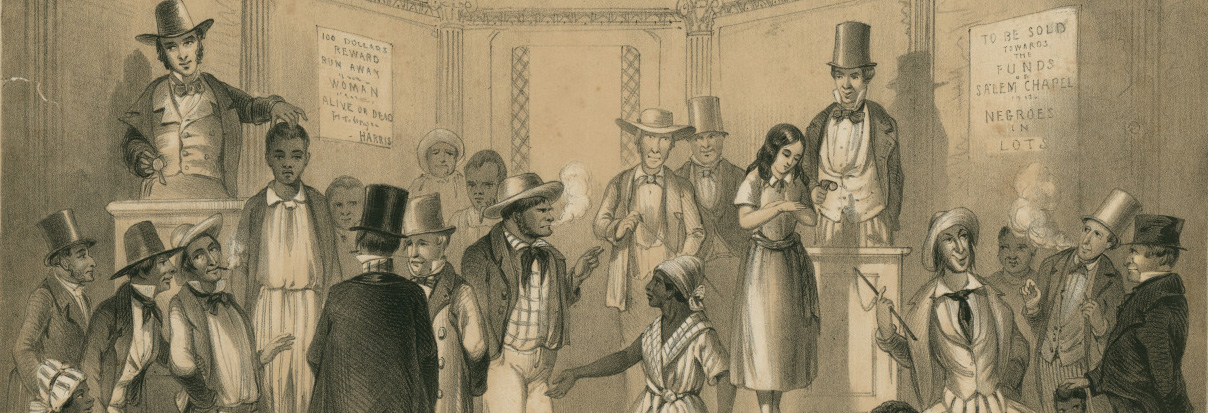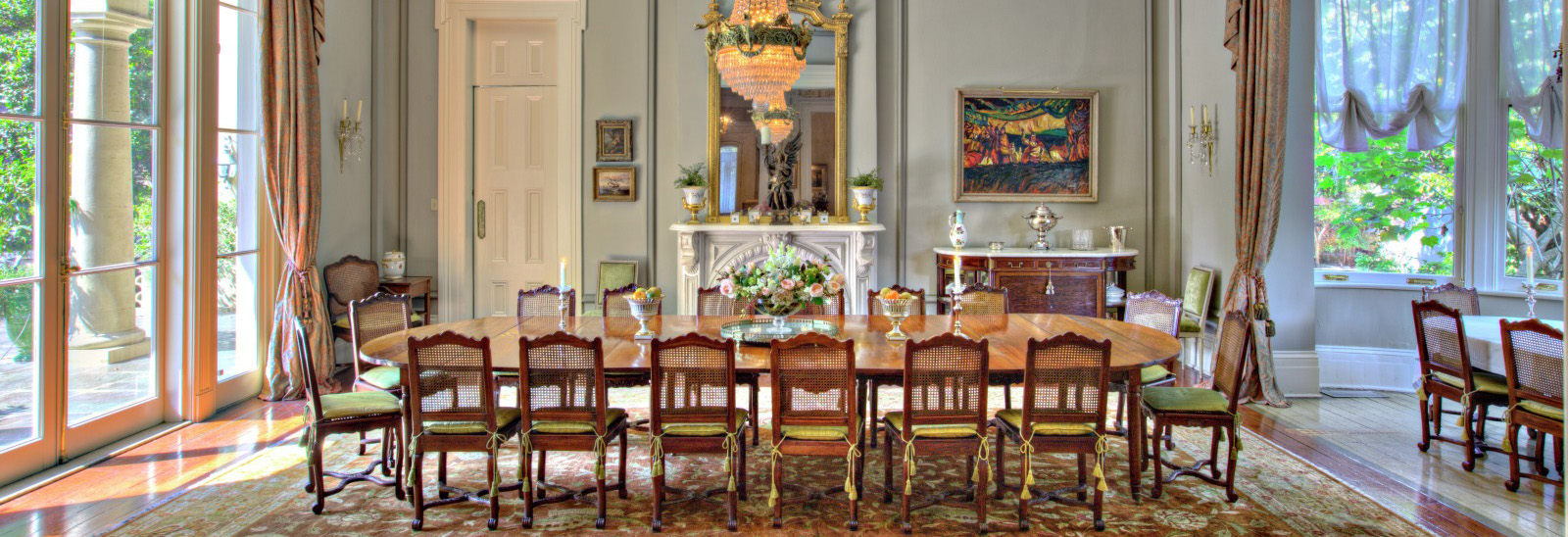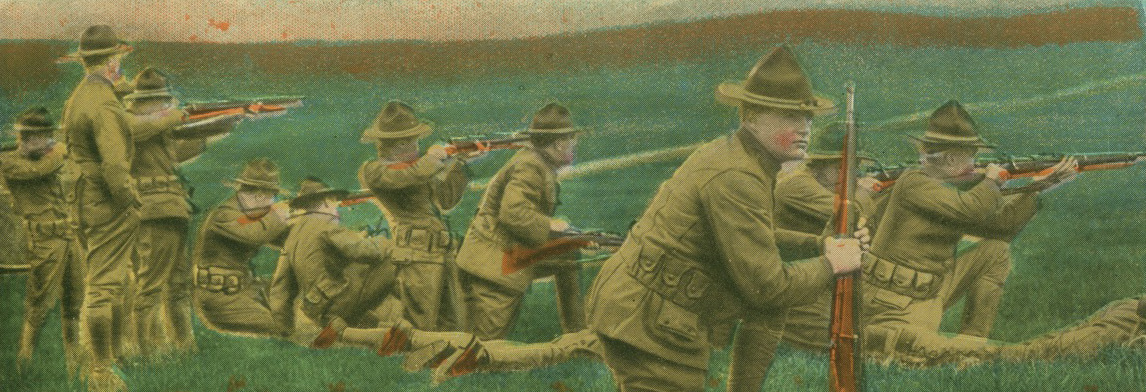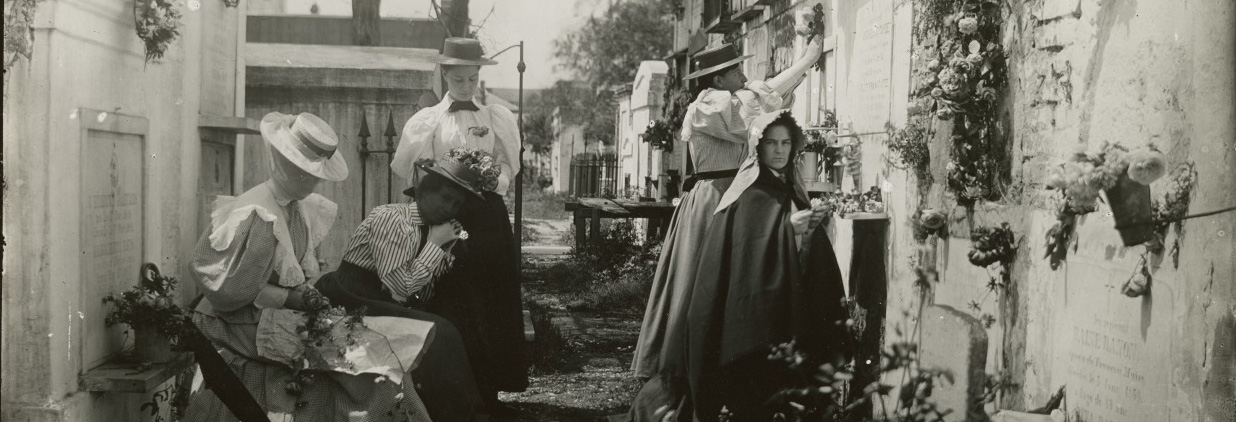While perusing the words of 19th-century visitors to New Orleans, it's striking how many of their concerns are still relevant today—and some could fit right into an online comment thread or bitter social media post.
Looking at someone's diaries is typically taboo, but for Malinda Blevins, Kemper Williams's own words helped to connect her with the man who co-founded the institution.
In 1866, at a time when horse racing was arguably the most popular sport in America, the New Orleans Times hailed Abe Hawkins as “probably the best rider on the continent.” Once enslaved on a Louisiana plantation, Hawkins, in just a few years, achieved fame and fortune, and changed the sport forever.
We look back at significant moments and surprises from New Orleans's 300th birthday. Turns out, working around here is pretty cool.
Decorating THNOC's Royal Street properties is a favorite holiday tradition, but the stories behind the trees and ornaments go deeper than one might think.
Generations of New Orleans children still remember how the holidays were ushered in with a familiar tune: “Jingle, Jangle, Jingle / Here Comes Mr. Bingle / With Another Message From Kris Kringle.”
The idea of benevolent slaveholders treating their enslaved workers like family has been persistent since the antebellum period, and, piece by piece, the ads in “Lost Friends” help to set the story straight.
Some practical furniture from the 19th century shows us how hosts dealt with the same Thanksgiving conundrums we face today.
From the elimination of the city’s red-light district to unprecedented displays of patriotism, WWI brought significant changes to local ways of life.
Making a keepsake out nof a loved one's hair may seem unusual now, but in the 19th century there was a trend to weave human hair into little memorials to the deceased.

